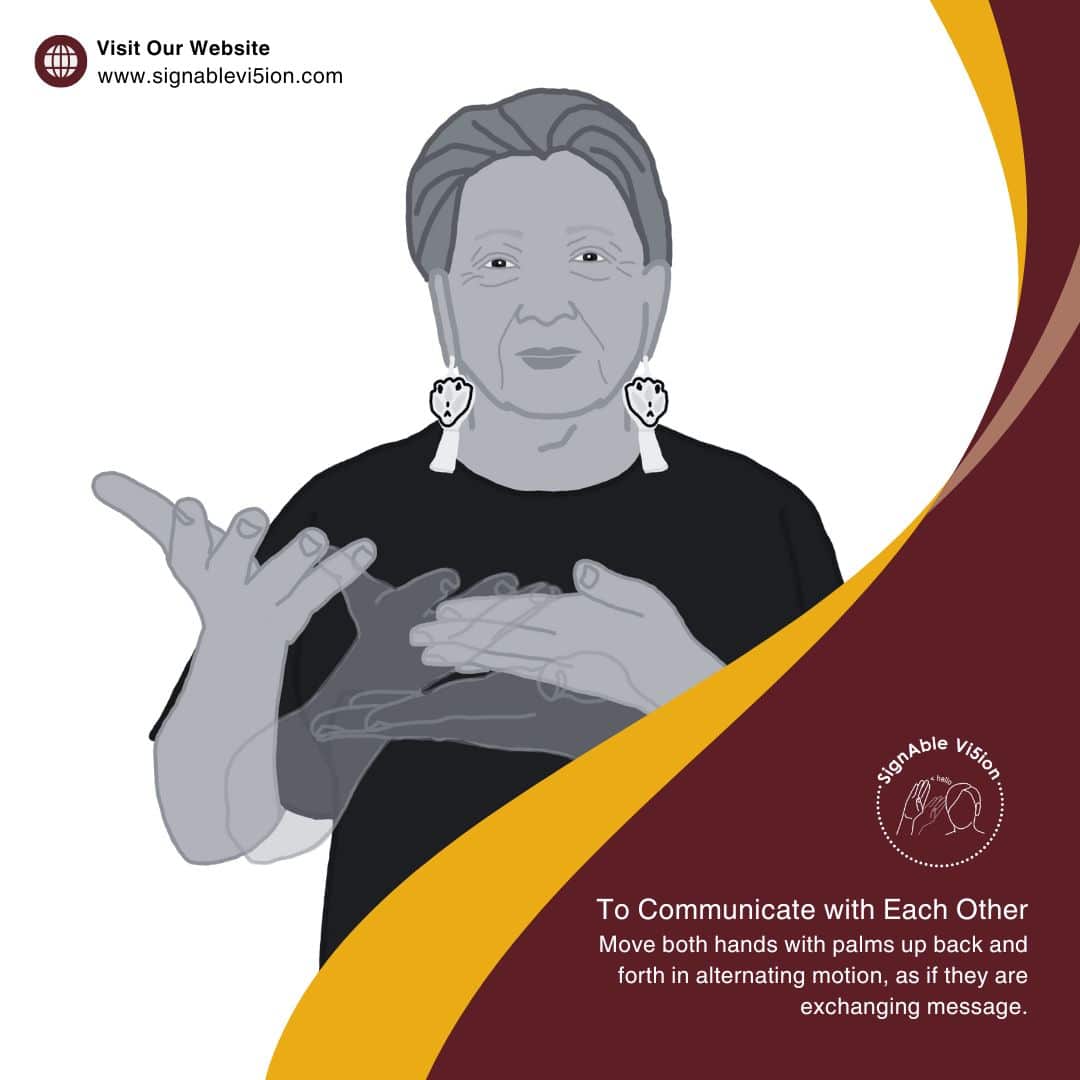Keeping talented employees isn’t just about offering competitive salaries or fancy office perks. It’s about creating an environment where people feel valued, respected, and included. That’s where inclusive practices come in: they’re the secret ingredient to retaining your best talent while building a workplace culture that thrives.
Why Employee Retention Matters
Losing employees is costly. Studies show that replacing an employee can cost up to 33% of their annual salary when you factor in recruitment, onboarding, and lost productivity. Beyond the financial cost, high turnover disrupts team dynamics and lowers morale.
So, how do you retain employees? By ensuring they feel like they belong. Inclusive practices show your team that their voices matter, their needs are considered, and their contributions are recognized.
How Inclusivity Drives Retention
- Fostering Connection
Inclusive communication helps employees build relationships with colleagues and leaders. Tools like ASL training or accessibility accommodations show employees you’re committed to breaking down barriers. - Empowering Diverse Talent
When you celebrate differences and create spaces for diverse ideas, employees feel empowered to bring their authentic selves to work. - Boosting Engagement
An inclusive workplace is one where employees are more engaged. When people know they’re supported, they’re more likely to invest their energy and ideas into their work. - Reducing Stress
Accessible communication tools like captions, sign language interpreters, and clear policies reduce misunderstandings and the stress of feeling excluded. - Building Trust
Employees stay where they feel valued. Inclusivity builds trust between team members and leadership, creating a loyal workforce.
Inclusive Practices You Can Implement Today
It doesn’t take a massive overhaul to start fostering inclusion. Small steps can lead to big changes:
- Start with Communication: Provide training in inclusive communication tools like ASL or accessibility-friendly software.
- Ask for Input: Regularly check in with employees about their needs and preferences for communication and accessibility.
- Celebrate Diversity: Acknowledge milestones like Deaf Awareness Month or Pride Month to show employees you recognize and value their identities.
- Provide Accessible Tools: Ensure meetings are inclusive with captions, interpreters, or visual aids when necessary.
- Train Your Leaders: Equip managers with the skills to lead inclusively, from using accessible language to supporting team members’ needs.
A Success Story: Inclusivity in Action
Take a company that was struggling with high turnover in a diverse team. They introduced ASL training for employees and brought in interpreters for meetings to support Deaf team members. The result? Employees reported feeling more connected, and turnover decreased by 25%. One team member said, “It’s not just about the tools, it’s about knowing my team sees me and values me.”
The Takeaway
Inclusive practices aren’t just about checking a box: they’re about creating a workplace where people want to stay, grow, and contribute. When employees feel heard, respected, and supported, they’re more likely to stick around.
By investing in inclusivity, you’re not just retaining employees—you’re building a workplace that thrives.
Ready to Make Inclusivity a Priority?
Start with small steps, like ASL training or an inclusivity assessment. At SignAble Vi5ion, we specialize in helping organizations build inclusive workplaces where everyone can succeed.



